Akira Kurosawa, maestro of samurai cinema and trailblazing figure in the world of filmmaking, flaunted his influences proudly. Drawing inspiration from John Ford’s rugged cowboy epics and profound written works like those of Fyodor Dostoevsky, Kurosawa crafted his own voice that continues to captivate audiences today. His masterful blend of diverse influences helped to elevate his films to iconic status. Team Ninja, like Kurosawa, isn’t content with mere imitation with Rise of the Ronin. Instead you can tell the team weaving in other influences, drawing from the rich history of samurai lore and modern gaming sensibilities.
Rise of the Ronin combines the lightning-fast action from titles like Team Ninja’s own Ninja Gaiden with the punishing, yet addictive, trial-and-error gameplay reminiscent of its acclaimed Nioh series. The action is set against a rich historical backdrop teeming with real-life figures and events à la Assassin’s Creed. It adds depth with character bonding, relationships, and personal choices akin to those found in RPGs like Dragon Age. Throw all that into an open world and you’ve got a lot of moving pieces. Yet, like a Kurosawa film, Rise of the Ronin is more than the sum of its parts.
Set in the latter half of the 19th century, Rise of the Ronin highlights a pivotal era for Japan. Freshly exposed to Western influence after centuries of isolationism, it’s a time rife with conflict. The clash of tradition and modernization is at the heart of much of the game’s narrative. Like Assassin’s Creed, many of the characters you meet and events you see in the game are real or at least based on real events. For example, the very first mission in the game has you infiltrating one of Commodore Matthew Perry’s “Black Ships.”
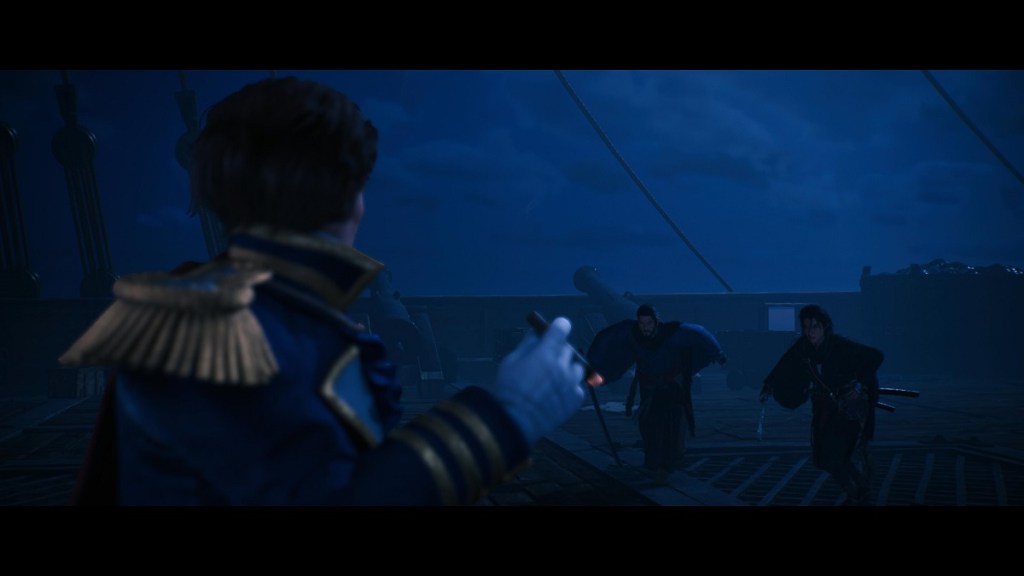
The era chosen and historical nature of the storyline owe a lot to the overall enjoyment of the game. While you don’t require a minor in Japanese history to grasp the narrative, I feel history buffs will be pleased. However, the game is a little loose with real-life dates. Luckily, Rise of the Ronin offers a built-in encyclopedia with information on all the historical events and figures involved. I found this quite useful, due t the nature of the games storytelling.
It should be clear this is not a sweeping cinematic epic telling a singular story like Ghosts of Tsushima, nor is it pretending to be. Throughout the storyline, your decisions influence the flow of the narrative and your relationships. These choices predominantly revolve around supporting or opposing the established military rule of the shogunate. Most bonds align with one of these factions, though the presence of Western military officials adds an interesting dynamic.
Bonds not only allow you get closer to historical figures of the era, it also translates into gameplay. These bonds influence mission allies, unlock bonus events, and even boost combat skills. Take Ryoma Sakamoto, for example. Bonding with him upgrades one of your katana combat styles. Despite their benefits, these bonds sometimes clash with the narrative flow. The bonding events tend to take place outside of the narrative at places like your longhouse or a base of operations. It’s totally possible to form a strong bond with a character you’re actively fighting against in the next story mission. This dissonance is only sometimes addressed.
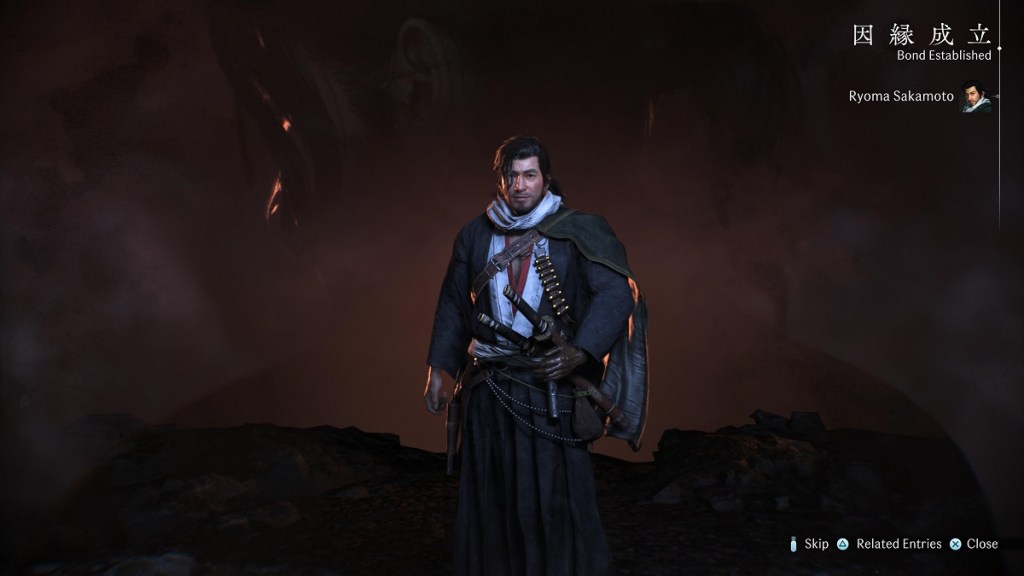
While I found the narrative enjoyable overall, its unconventional storytelling occasionally muddled certain plot points. With responses chosen by you and limited spoken dialogue from your character, I found it easy to feel lost during pivotal moments. The narrative can feel disjointed, depending on your choices or the flow of conversations. I found myself frequently consulting the in-game timeline to clarify events in scenes I just watched, a minor inconvenience against the otherwise interesting setting and story.
When you’re not exploring or sharing sake with iconic Japanese figures, the heart of the game lies in its combat. And let’s be honest, that’s the main attraction. Rise of the Ronin nails its combat system, striking the ideal balance between being easy to grasp and tough to master. You can mash through foes on the lowest difficulty settings with only a little practice. However, if you bump that difficulty up, prepare for the precision demanded by Souls-like games.
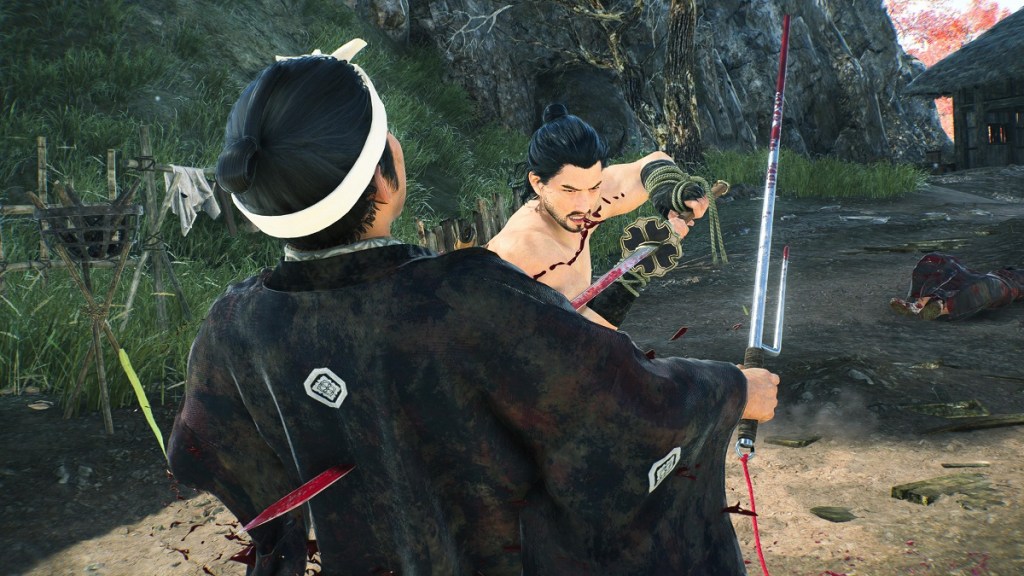
Despite combat being the main focus, Rise of the Ronin keeps the action fresh over dozens of hours of gameplay. This is because there’s a surprising amount of variety in the weapon system. There are plenty of weapons to choose from, each playing a little differently. Plus, there are multiple combat styles to unlock through bonding or taking down certain enemies. These styles aren’t just for show, they come with strategic advantages and disadvantages. If an enemy is using a style your style is weak against, you can quickly switch up mid combat.
While not as overall intricate as hardcore Souls-like games such as Nioh, Rise of the Ronin also avoids a steep learning curve that makes it far more accessible. Leveling up weapon proficiency, unlocking combat styles, and hunting for top-notch gear add layers beyond mere technique. It blends the technicality of Nioh, the speed of Ninja Gaiden, and the progression and flexibility of Stranger of Paradise: Final Fantasy Origin. It’s a combat system that has something for everyone and fits the overall feeling of the game incredibly well.
Story missions in Rise of the Ronin offer cooperative play for up to three players, with room for two companions to join your missions. If your friends aren’t available, don’t worry—you can team up with AI-controlled characters you’ve forged bonds with if you’re playing offline. It’s a very open-ended “it’s here if you want it” style of multiplayer. It never felt necessary, and flying solo was always a viable option.
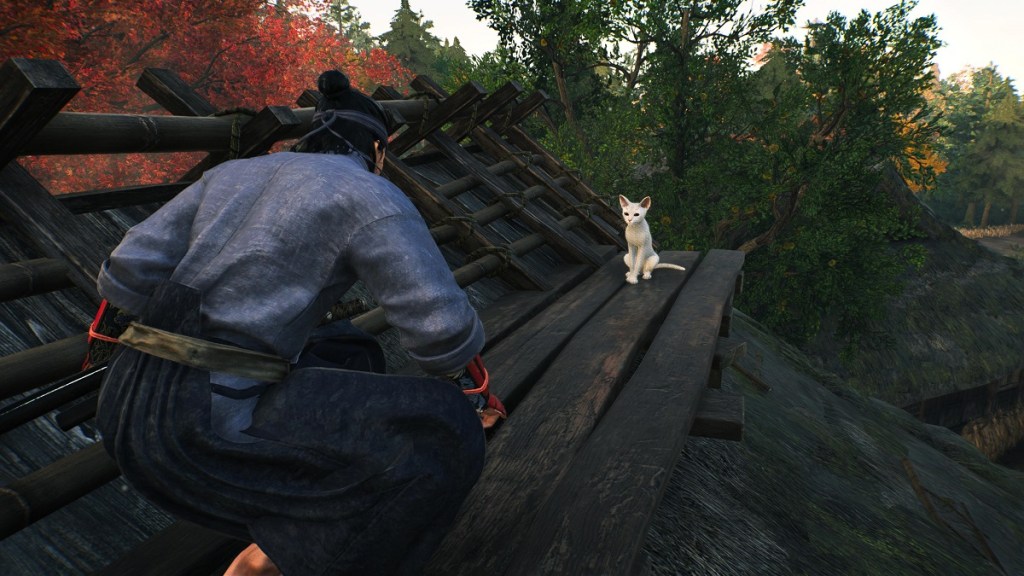
Outside the main story, the open-world exploration in Rise of the Ronin feels a bit sparse. It mainly involves tackling additional combat challenges through side quests, tracking down fugitives, and resolving public disturbances. However, you can also snap photos of notable locations as collectibles. But the real star of collectibles? Cats. Yes, actual cats. You can rescue lost cats across Japan and set up a “cat concierge” service, lending them out for rewards.
You’ll journey through Yokohoma, Edo, and Kyoto as the story unfolds, but you’re able to revisit past areas for quests or to roam freely. This flexibility is just one of Rise of the Ronin‘s many quality of life features. Plentiful and early access to fast travel is another game-changer. Bases, longhouses, and even the banners you raise as checkpoints all offer quick teleportation options. With banners scattered everywhere, you’ll spend so much less time needlessly trudging on your way to checkpoints.
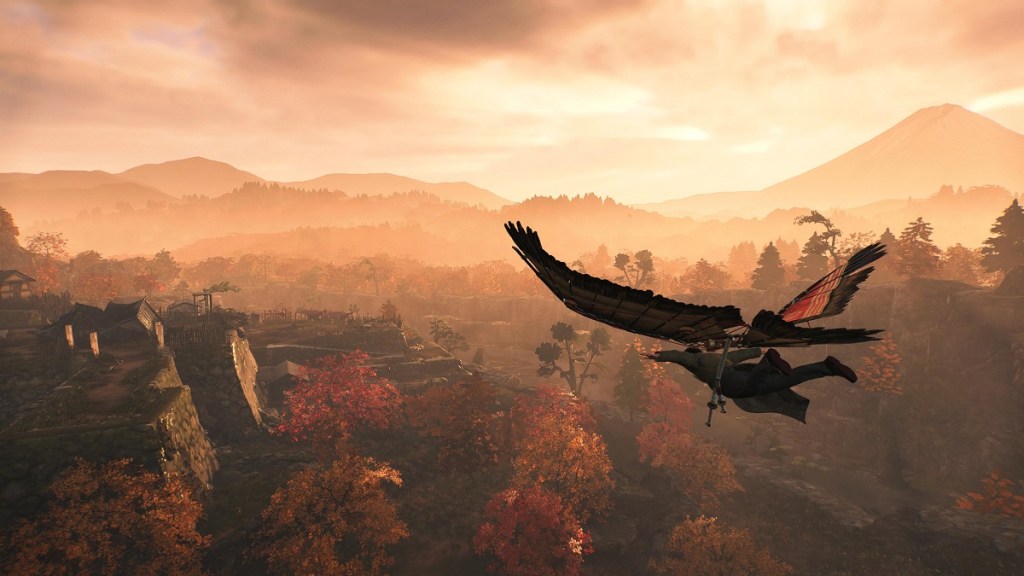
But when you do have to travel, Rise of the Ronin simplifies this too. You can obviously ride on horseback very early in the journey. However, the best addition to your travel toolkit is the glider. This really comes in handy, as you can use it to very quickly navigate the rolling hills of Japan. A further convenience the game offers is the auto-run feature. This modern mechanic lets you set a destination on the map, then sit back while your character does the legwork. I felt it freed me up to handle real-life tasks or just enjoy the scenery without worrying about the journey.
One of my favorite quality-of-life features in Rise of the Ronin was the incredible flexibility offered when customizing my appearance. You’re not just limited to changing your physical features, which includes tons of variation in hairstyles. You can swap out the look of your clothing and weapons with any previously collected ones. Fans of r/fashionsouls will rejoice. I constantly changed up my look throughout the game, sometimes just to match story elements or who I was bonding with.
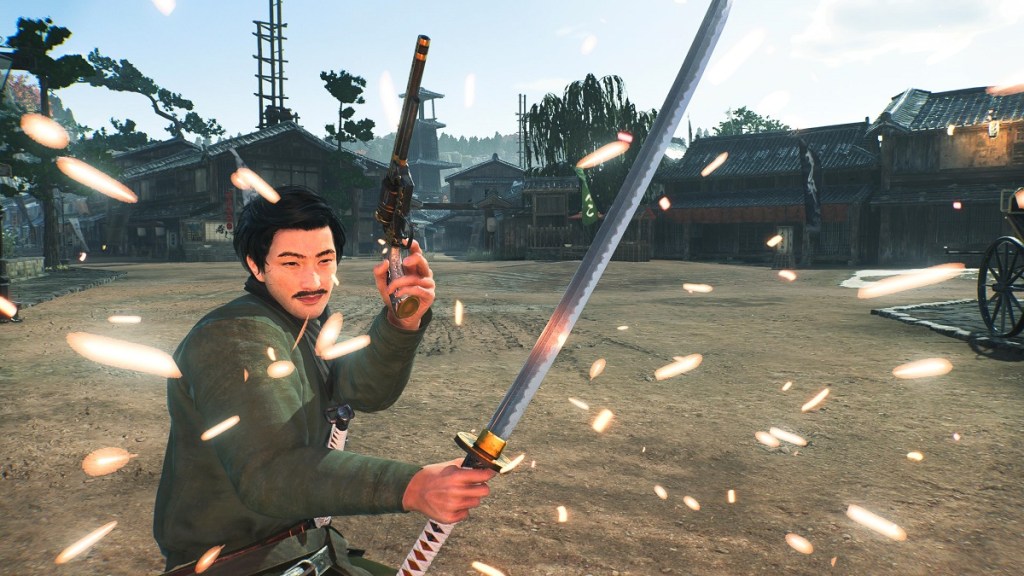
On a technical level, Rise of the Ronin felt very polished. I never ran into any significant slowdowns or issues during combat. Occasionally a brief stutter or hiccup would happen in crowded towns, but nothing I found overly distracting or debilitating. While it may not rival the graphical prowess of some other PS5 exclusives the game still delivers moments of sheer beauty, particularly in the landscapes.
The attention to detail is on display, with intricate weapon designs and tons of variation in combat animations. Little touches like the absence of clipping issues despite some elaborate clothing options demonstrates the care taken in crafting the game’s aesthetics, despite not reaching the heights of some AAA contemporaries visually.
When you look at the complete package, Rise of the Ronin is such a fun and rewarding experience. It might not have the most cinematic narratives or jaw dropping visuals around, but it delivers on everything it attempts. The melting pot of gaming influences makes for a product that is more than the sum of its parts. Much like a lone samurai wandering without a master, Rise of the Ronin cuts its own path while paying homage to the spirit of those who came before it.
Rise of the Ronin will come to the PS5 on March 22, 2024.